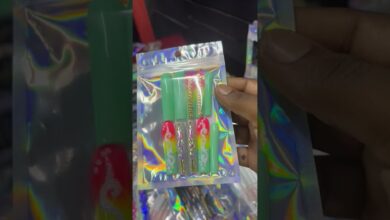Understanding the USD Rate in Sri Lanka A Comprehensive Guide
If you’re planning to visit or invest in Sri Lanka, you may wonder about the USD rate in Sri Lanka. The USD rate is a crucial factor to consider when exchanging currencies, buying properties, or making investments. In this guide, we will explore everything you need to know about the USD rate in Sri Lanka.
What is the USD Rate in Sri Lanka?
The USD rate in Sri Lanka refers to the exchange rate between the US dollar and the Sri Lankan rupee (LKR). The exchange rate determines how much one currency is worth in terms of the other. The USD rate fluctuates daily depending on various economic and political factors such as inflation, government policies, and global market conditions.
Why is the USD Rate Important in Sri Lanka?
The USD rate has a significant impact on Sri Lanka’s economy, trade, and investments. As the US dollar is a widely accepted currency worldwide, Sri Lanka relies heavily on it for international transactions. Most of Sri Lanka’s imports and exports are denominated in US dollars, making the USD rate a critical factor in determining the country’s trade balance.
Moreover, the USD rate also affects the cost of living and tourism industry in Sri Lanka. When the USD rate is high, the cost of imported goods increases, leading to inflation. On the other hand, a low USD rate can attract more tourists to Sri Lanka as it becomes cheaper to travel and stay there.
Factors Affecting the USD Rate in Sri Lanka
Several factors influence the USD rate in Sri Lanka. Here are some of the most prominent ones:
Economic Indicators
Economic indicators such as inflation, GDP growth, and interest rates can significantly affect the USD rate in Sri Lanka. For instance, if the Sri Lankan economy grows at a faster rate than the US economy, demand for LKR may increase, leading to a higher USD rate. Similarly, a higher interest rate in Sri Lanka can attract foreign investors, leading to a stronger LKR and lower USD rate.
Political Stability
Political stability is another crucial factor affecting the USD rate in Sri Lanka. Political instability, civil unrest, and government policies can negatively impact the country’s economy and currency. For example, if investors perceive political instability in Sri Lanka, they may withdraw their investments, causing the LKR to weaken and the USD rate to increase.
Global Market Conditions
Global market conditions such as oil prices, the US-China trade war, and the COVID-19 pandemic can also affect the USD rate in Sri Lanka. Fluctuations in global currencies and commodities can create volatility in the USD rate, making it difficult to predict.
How to Monitor the USD Rate in Sri Lanka
It’s essential to monitor the USD rate in Sri Lanka if you’re planning to invest or trade in the country. Here are some ways you can keep track of the USD rate:
News Sources
Stay updated with the latest news and developments in Sri Lanka’s economy and politics. Reputable news sources like Reuters, Bloomberg, and CNBC can provide valuable insights into the factors affecting the USD rate.
Central Bank of Sri Lanka
The Central Bank of Sri Lanka is responsible for setting monetary policy and managing the country’s exchange rate. You can visit the bank’s website to get real-time updates on the USD rate and other economic indicators.
Currency Exchange Websites
Currency exchange websites like XE.com and Oanda.com offer free tools to monitor currency exchange rates. You can set up alerts to receive notifications when the USD rate reaches a certain level.
Conclusion
The USD rate in Sri Lanka is a crucial factor to consider when investing or trading in the country. Understanding the factors affecting the USD rate can help you make informed decisions and mitigate risks. Stay updated with the latest news and developments, monitor economic indicators, and use reliable sources to track the USD rate. With proper research and planning, you can navigate the currency exchange market in Sri Lanka successfully.




